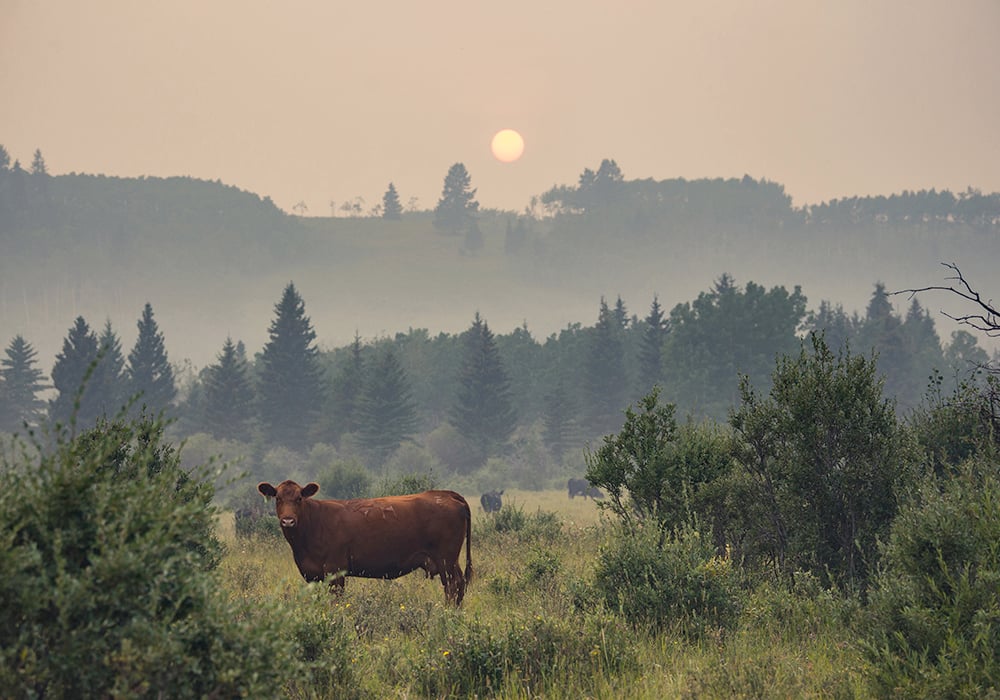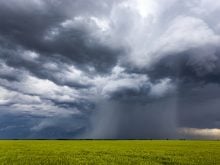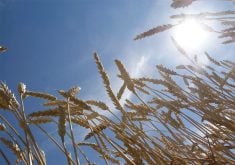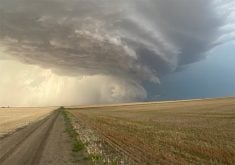Smoke and its effects can vary greatly depending on the state of the atmosphere, amount of smoke and where in the atmosphere it is located.
The first major and obvious impact is the effect of smoke on temperatures. Smoke particles both scatter and absorb sunlight, which leads to lower surface temperatures. Daytime temperatures often don’t reach the forecasted high for the day when smoke is present because less sunlight reaches the ground, resulting in less heating.
Weather models have difficulty incorporating the location of smoke. The effect on temperatures varies, depending on the extent, level and intensity and general atmospheric conditions. Light smoke or very high smoke will have minimal effect, while dense or low-level smoke can greatly affect temperatures.
Read Also

Canola oil transloading facility opens
DP World just opened its new canola oil transload facility at the Port of Vancouver. It can ship one million tonnes of the commodity per year.
Then there is atmospheric stability and precipitation patterns. I’ve lumped these together, since atmospheric stability is directly tied to whether precipitation can form. Forest fire smoke can have complex effects on atmospheric stability, depending on factors such as the intensity and extent of the smoke, vertical distribution of smoke particles and general atmospheric conditions.
Smoke from forest fires can release significant amounts of heat and moisture into the atmosphere. Solar radiation is absorbed by smoke particles, which can warm the surrounding air. This heating can change the temperature profile of the atmosphere and alter its stability.
In certain cases, forest fire smoke can inhibit convection and limit formation of convective clouds. This may sound counterintuitive, but smoke particles can act as cloud condensation nuclei or ice nuclei, allowing moisture to condense around these particles at a much higher number than in a smoke-free atmosphere.
This reduces availability of water vapour, making it more difficult for cloud droplets or ice crystals to grow larger. Instead of growing bigger into raindrops, tons of little water droplets are formed but can’t grow large enough to fall. This can also result in suppression of convective activity, and we only see the formation of shallow or thin clouds.
While this scenario is common, it can go the other way too. If there is enough moisture in the air, and issues with atmospheric stability are overcome, all the extra condensation nuclei that create large numbers of water droplets can start a chain reaction. The water droplets collide and combine into larger raindrops within the cloud. This can lead to more intense rainfall and formation of hail.
Smoke from forest fires absorbs sunlight. While this can and often does decrease surface temperatures, it can and often does increase the air temperature at higher altitudes, depending on where the smoke is in the atmosphere. This creates a layer of warm air over a layer of cold air. Since warm air wants to rise and cold air wants to sink, this particular setup is known as a stable atmosphere.
Unstable air, which leads to cloud formation and precipitation, is when we have cold air over top of warm air. The warm air at the surface wants to rise and will continue to rise because the air above is colder. In the case of smoke, the surface temperatures are cooled by the smoke but warmed higher up, as the smoke absorbs energy from the sun. This causes a stable air column or an inversion.
This setup inhibits convection, which is the primary force behind cloud development and precipitation. This is probably one of the biggest impacts smoke can have on our weather.
So, smoke can either inhibit formation of rainfall or enhance it, depending on the atmospheric conditions at the time. More often than not, smoke creates a stable atmosphere, resulting in reduced rainfall because convection is limited.
Daniel Bezte is a teacher by profession with a BA in geography, specializing in climatology, from the University of Winnipeg. He operates a computerized weather station near Birds Hill Park, Man. Contact him at dmgbezte@gmail.com.
















